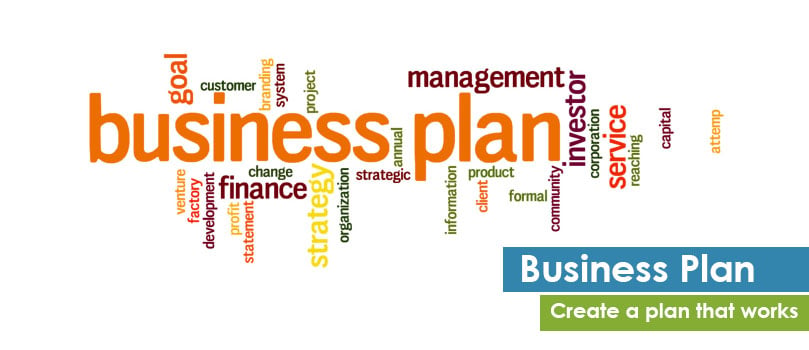
When you’re starting a new business, you’ll need to develop a small business plan that highlights what you’re all about, your offerings, marketing plan, strategies, and
financial forecasts. We’ll expand on these topics below.
Executive summary: In this section, you’ll summarize everything that’ll follow in your plan. After your mission statement, include a company background, why you feel there’s a marketing opportunity, funds needed to start and maintain your business, your management team, your competition and why your product/service holds a competitive advantage, and a 3-year financial forecast.
Company overview: State why and when your business was formed, your overall strategy, costs related to your location, legal structure, your staff, accounting, legal, insurance, and security concerns.
What’s your business selling?: As you continue your small business plan, you’ll need to note whether you’re offering products or services, the processes involved and if your company is a retail, wholesale or manufacturing entity. If your business provides services only, define those offered.
Your vision for marketing: After market analysis and researching your target market, you’ll tell the world why your business will be successful. In this section, you’ll also address how you’ll handle customer service concerns, roll out your advertising strategy and address public relations matters.
Spell out your overall goals strategy: When formulating your small business plan, this is the area to include dates and deadlines that can be tracked with important information such as sales forecasts, product introductions, website launch, etc.
Home much are you expecting to earn?: Wait until you’ve completed the other sections of your small business plan before declaring your financial oriented goals. This is where you include your proposed balance sheet, profit and loss statements, and cash flow statements for the three upcoming years.
